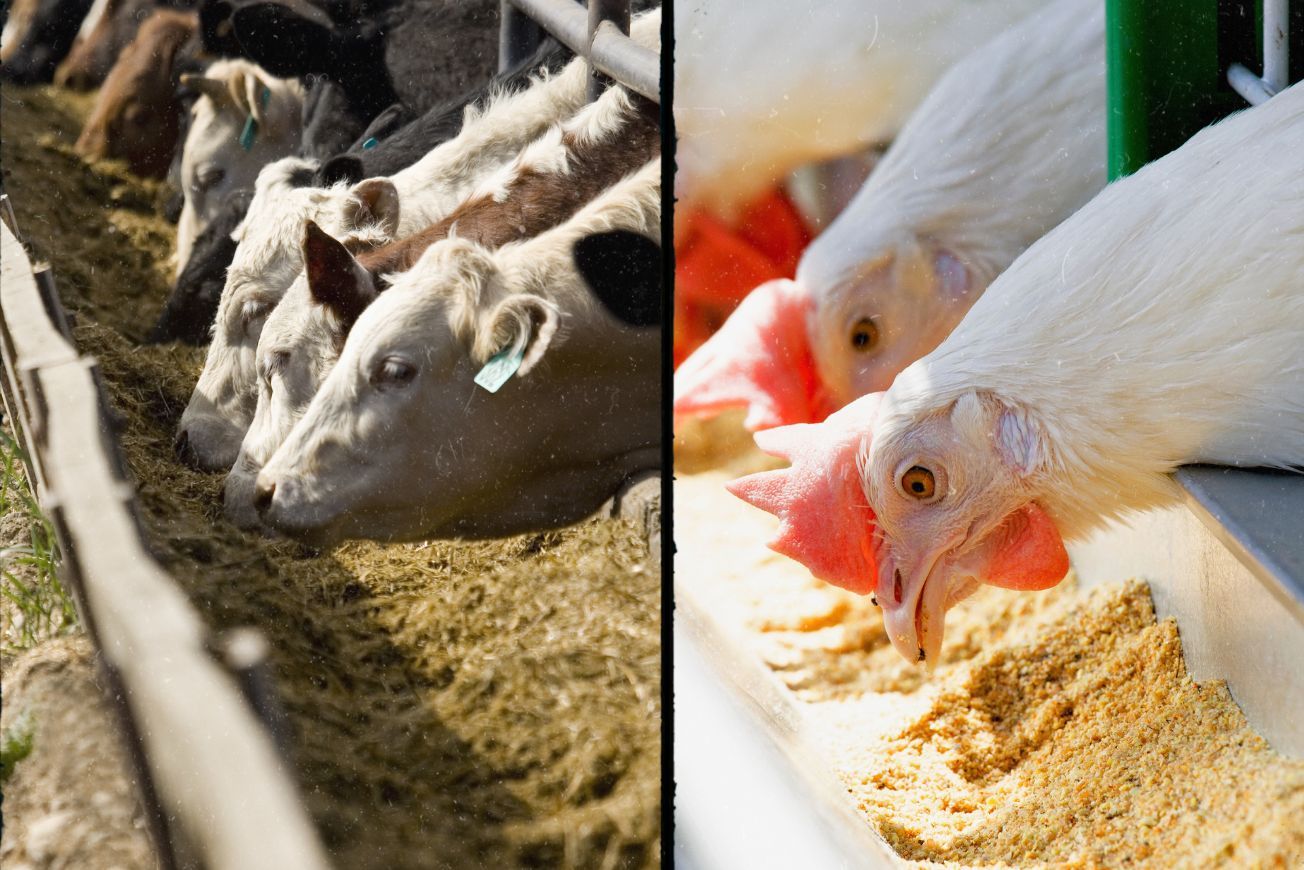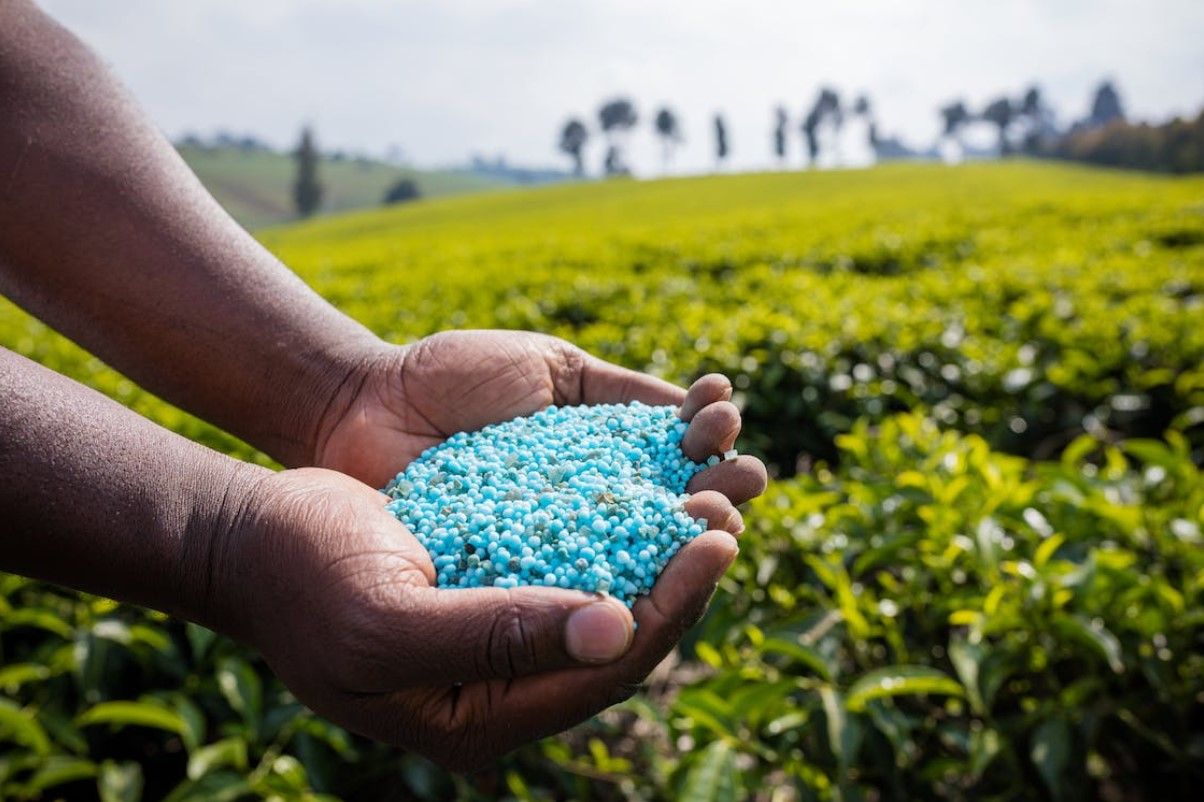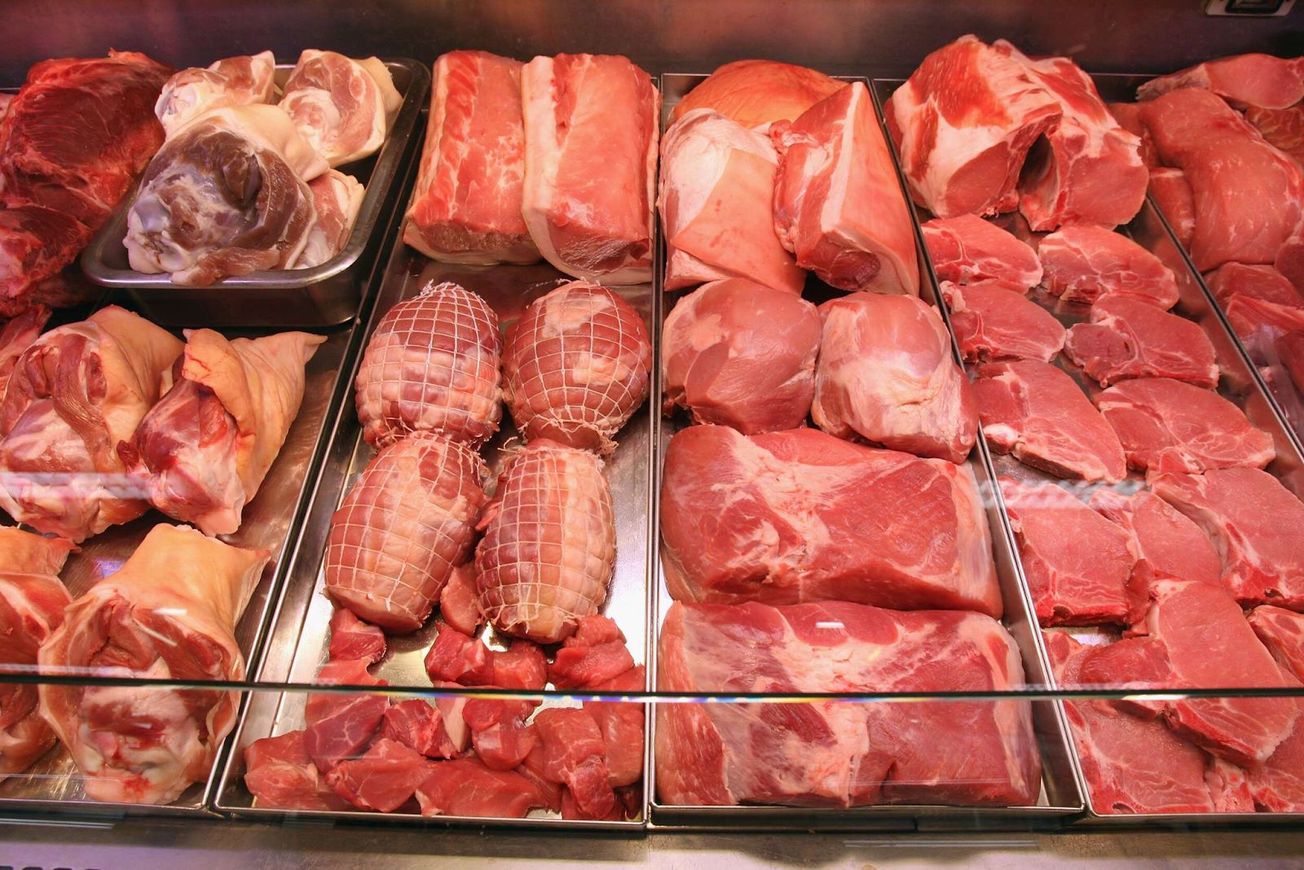Africa is one of the world’s top producers and consumers of root and tuber crops. These staple crops feature in a wide variety of local meals across the continent and lie at the foundation of Africa’s huge and fast-growing agribusiness industry which the UN estimates could be valued at $1 trillion by 2030.
According to data from the Food & Agriculture Organisation (FAO), Africa produces more than 330 million tonnes of root and tuber crops every year across 38 million hectares of land. This represents the highest production of any food crop in Africa, including grains.
In addition to their high density of carbs, calories, and nutrients, roots and tubers enjoy high demand in many parts of Africa due to their versatility in the kitchen. They can be cooked, fried, roasted, mashed, fermented, or processed into flour and several other derivative products that can be eaten with other foods.
Root and tuber crops are also prized for their affordability and ability to be stored as food sources for longer periods, unlike fruits and vegetables. They are highly efficient and flexible crops that can be grown throughout the year and produce more food per unit of land than any other crop in Africa.
As a result, root and tuber crops are critical to fighting hunger and achieving food security in Africa.
This guide explores Africa's top 3 roots and tuber crops and the immense business and investment opportunities that lie within them.
With the world’s fastest-growing population that is set to reach 2.4 billion by 2050, our market insights show that Africa will need significant and sustained supplies of root and tuber crops to meet the continent's food demand.









